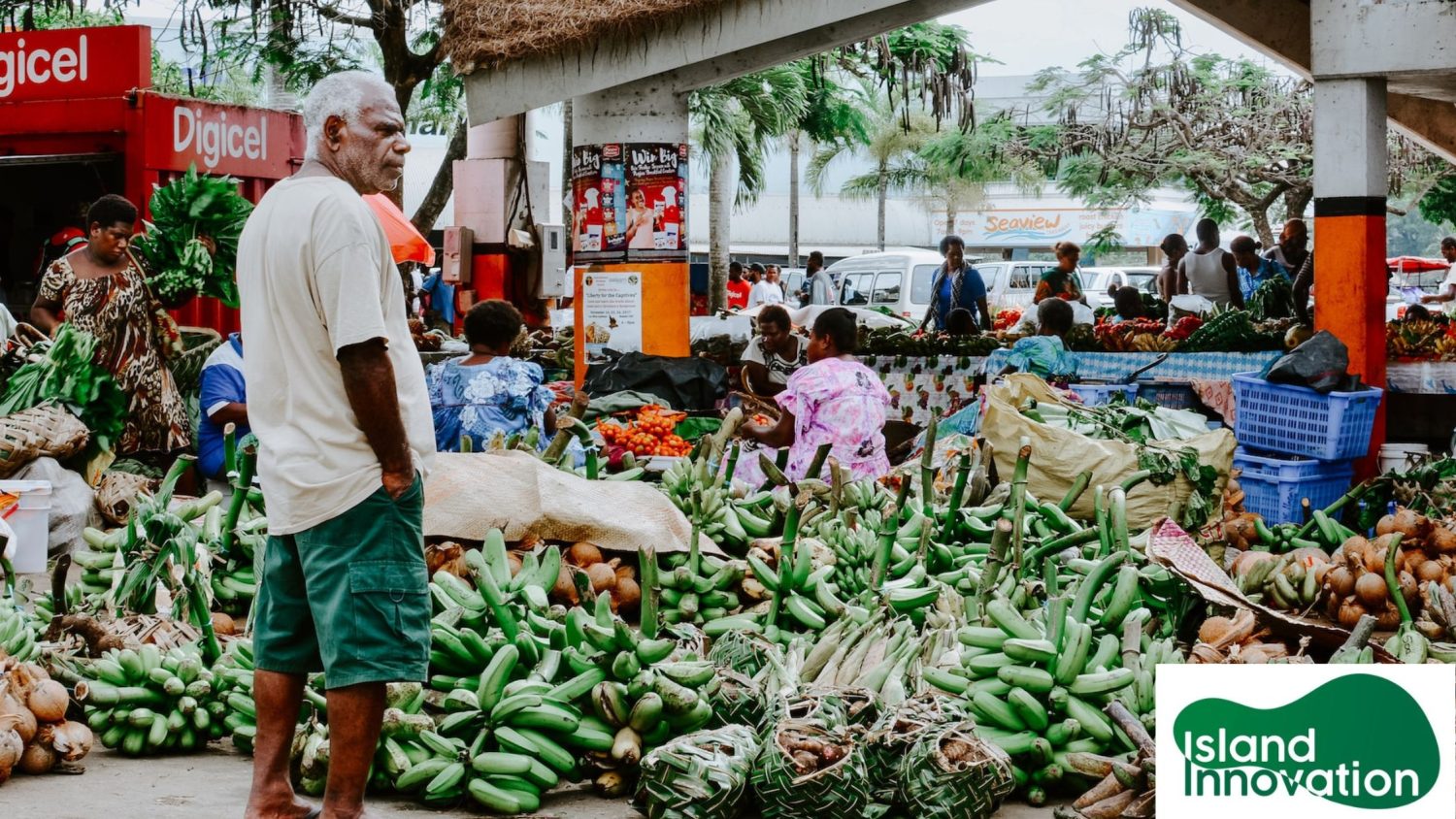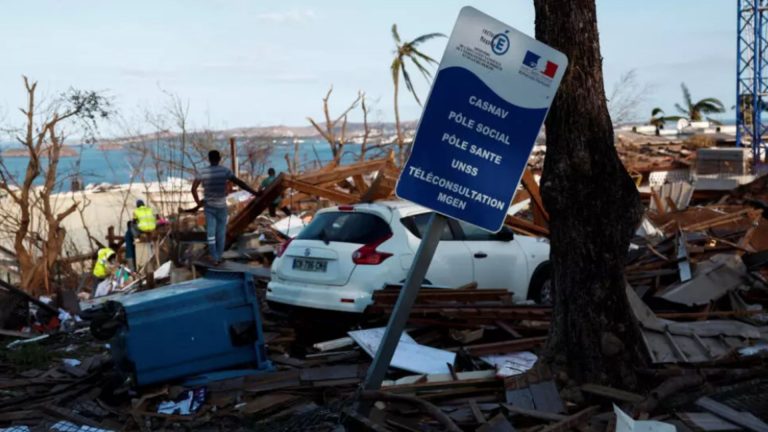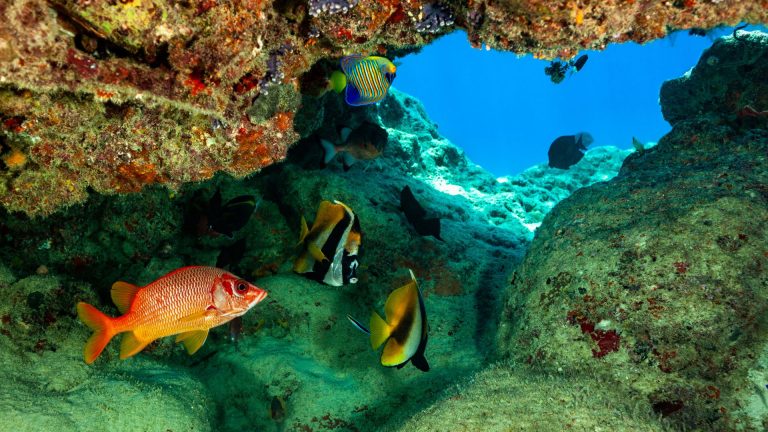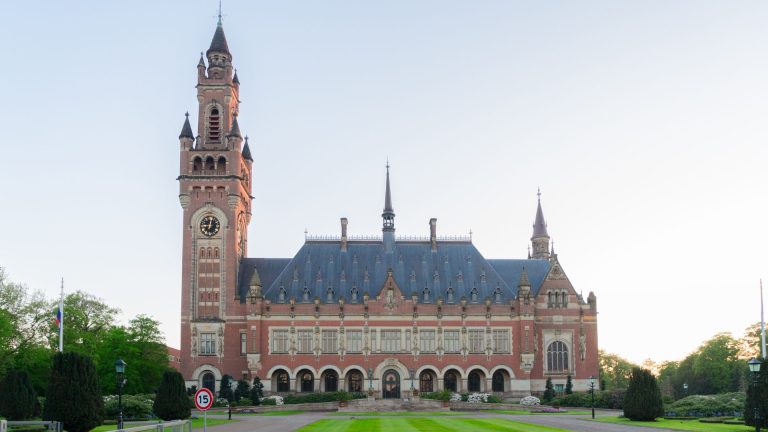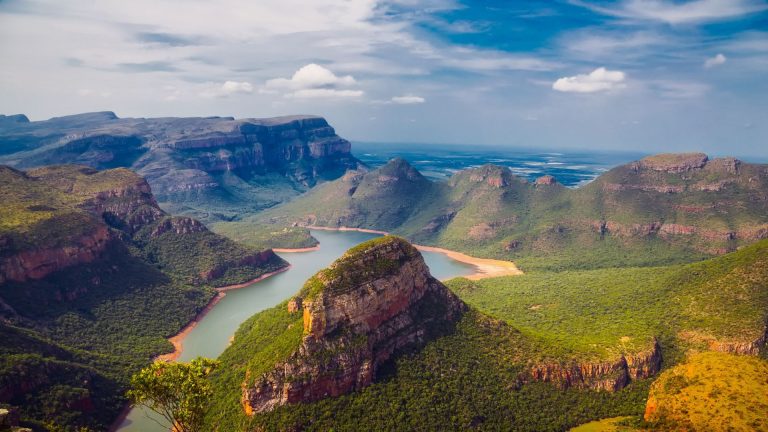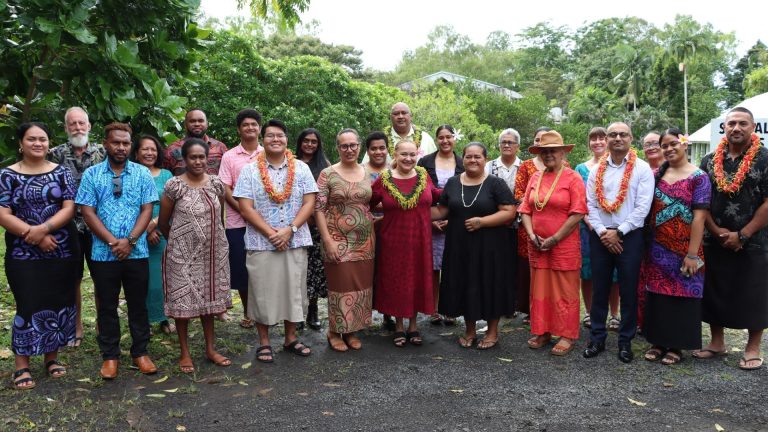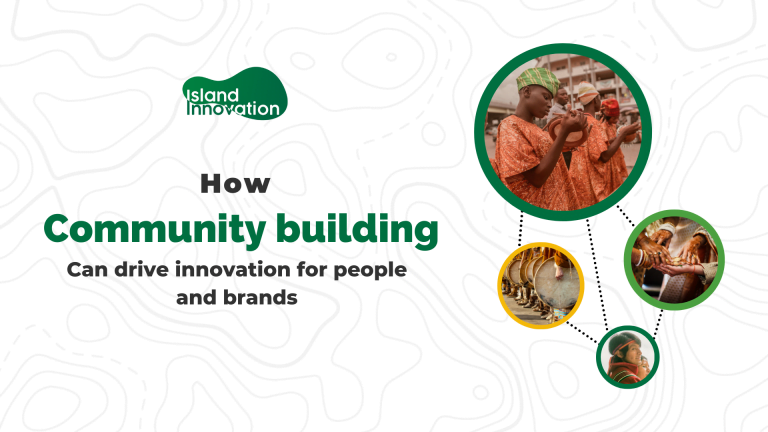Excerpt from reliefweb.int
With most islands just 1 to 3 meters above sea level, and with an average width of only a few hundred metres, Kiribati is extremely vulnerable to the impacts of climate change. Damaging storm surges, more extreme weather, changing rainfall patterns, and warming oceans all pose a serious and increasing threat to the low-lying island nation.
Recognising the challenges, the Government of Kiribati has developed and is now implementing a comprehensive 9-year plan for advancing climate change adaptation and reducing disaster risk. The plan, closely aligned with the national vision for sustainable development, identifies increasing water and food security, including promoting healthy and resilient ecosystems, as one of the plan’s 12 key strategies.
In 2016, the Government launched a project dedicated to enhancing food security in the context of accelerating global climate change. Supported by the Global Environment Facility-Least Developed Countries Fund and UN Development Programme, nine stakeholders from across the government of Kiribati have worked closely with communities on three pilot islands – Maiana, Abemama and Nonouti.
Pilot island communities are already seeing positive changes as a result of the project, with enhanced food supply on land and from the sea.

